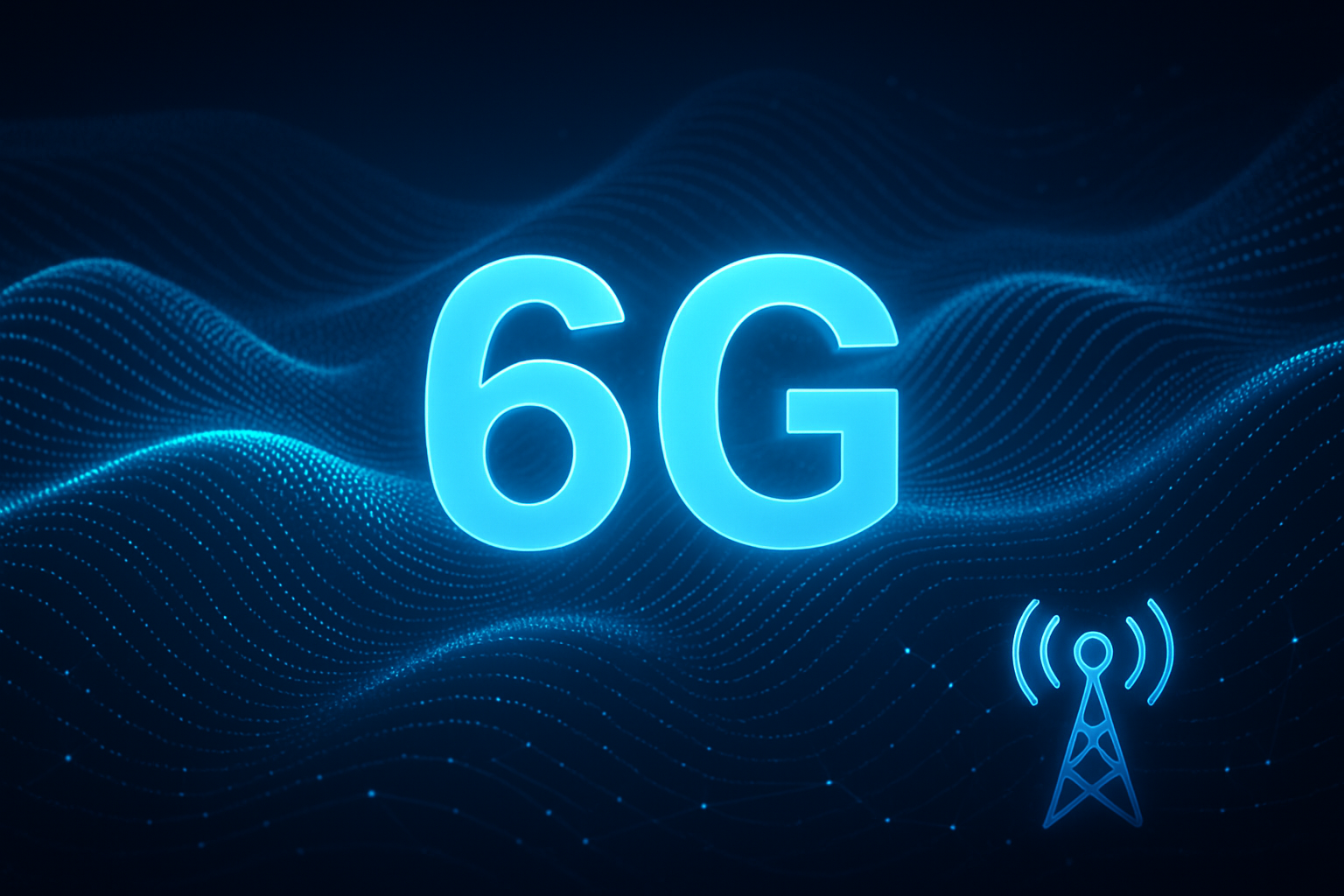What Comes After 5G? The World Is Preparing for 6G

Five years into commercial 5G, the technology has matured into something far more tangible than marketing promises. By the end of 2025, more than 2.7 billion connections will rely on 5G networks, representing nearly a third of all mobile users worldwide. Yet the story of connectivity is only half told. Operators are now investing close to $180 billion in expanding standalone 5G and building the groundwork for what comes next, and that is 6G.
These investments are not just about faster downloads. They support a new infrastructure built around cloud-network integration, open RAN systems, edge computing, and non-terrestrial networks that will carry signals far beyond today’s urban coverage. The next decade will see these pieces come together to deliver more adaptable, energy-efficient, and globally consistent connections.
The Push Toward a Seamless Network
The transition from 5G to 6G gathers pace, so mobile users expect seamless access across all kinds of online activity, from video streaming to playing online slots with Mr Q during a commute. Games like The Goonies Megaways or Big Bass: Secrets of the Golden Lake already show how mobile entertainment depends on speed and stability, with every feature built to load fast and run without delay.
These habits underline how the next generation of networks must deliver instant responses, minimal lag, and consistent quality wherever people connect. With 6G, that expectation moves from aspiration to standard. It moves to connectivity designed for instant interaction, continuous uptime, and performance that feels effortless on any device.
Building on 5G’s Foundations
The next network era will not arrive overnight. Industry analysts describe 2025 as the halfway mark in the 5G rollout. While coverage has expanded rapidly, many operators are still refining 5G standalone (SA). Those are networks running on their own cores rather than earlier 4G backbones. These updates are essential for latency reduction and reliability, both prerequisites for 6G readiness. One recent example is the 5G Innovation Hackathon 2025, launched to support projects that use 5G capabilities in areas such as IoT, automation, and non-terrestrial communications, helping lay the groundwork for the next generation of networks.
The technical blueprint for future connectivity leans on what’s known as 5G-Advanced. This version introduces smarter spectrum usage and improved power management. It also improves coordination between cloud systems and radio networks to boost overall performance. At the same time, non-terrestrial networks (NTNs), including satellites and high-altitude platforms, are being tested to close coverage gaps and bring rural areas up to par with urban connectivity.
What 6G Will Bring?
Although commercial 6G is still several years away, work is already shaping its direction. Early research projects expect 6G to operate across multiple frequency bands, with cmWave (7–15 GHz) serving as the main workhorse for range and reliability, while sub-terahertz (THz) bands handle extreme-speed applications. This balance between mid- and high-band frequencies could make 6G both practical and transformative.
Forecasts suggest that commercial rollout may begin around 2030, following international standardization later this decade. The goal is a network up to 100 times faster than 5G. It allows near-real-time data transfer, holographic communication, and next-generation robotics. Yet speed alone isn’t the defining feature. Lessons learned from 5G’s slow monetization have redirected focus toward real-world performance.
Smarter Devices and New User Experiences
Foldable designs, AI-enhanced processors, and eSIM integration have turned smartphones into compact productivity tools. Artificial intelligence now shapes battery optimization, image processing, and predictive assistance. These same tools will play a role in 6G, where on-device intelligence can adapt connections dynamically depending on user behaviour and signal conditions.
Meanwhile, augmented and virtual reality continue to expand their reach. In education, healthcare, and design, immersive applications are becoming common, pushing data requirements far beyond what early 5G networks were built to handle. The low-latency promise of 6G will make these experiences more fluid and accessible, turning advanced visualization and real-time collaboration into routine mobile functions.
Monetisation and Market Opportunities
The challenge for telecom operators is turning this innovation into sustainable business. GSMA Intelligence forecasts that enterprises will spend around 10 percent of their revenues on digital transformation through 2030. This creates fertile ground for B2B services beyond connectivity and everything from private 5G networks to data-driven IoT solutions. For consumers, new pricing models and value-added services are emerging.
Fixed-wireless access has become one of the quiet success stories of 5G. By offering broadband-level performance through cellular networks, it’s proved commercially viable in regions where fibre installation is costly. Lessons from this success are guiding the business case for 6G such as focus on real needs first, then scale the visionary concepts around them.
The Broader Impact of Connectivity
Beyond technology, the next generation of networks has a societal dimension. Around 39 percent of the global population currently live within mobile broadband coverage but do not use it. That is the so-called usage gap. Expanding affordable access, improving digital literacy, and ensuring reliability in underserved regions are priorities that 6G could help address. Coverage extends to the skies through NTNs and even remote communities could benefit from educational resources, telemedicine, and participation in the digital economy.
Regulatory reform will also shape the outcome. Efficient spectrum management, support for cross-border collaboration, and public-private investment models will all determine how evenly the benefits of 6G are distributed.
(Disclaimer: Devdiscourse's journalists were not involved in the production of this article. The facts and opinions appearing in the article do not reflect the views of Devdiscourse and Devdiscourse does not claim any responsibility for the same.)










